Specialized environment equipment is needed to perform many common molecular biology procedures.
Growing mammalian cells requires, at a minimum, a 37-degree incubator with the ability to control the level of CO2 to reproduce in-vivo like conditions.
Bead homogenizers used for extracting RNA from tissue and cells require a cooling mechanism to keep the temperature at 4C or colder, so the RNA sample does not degrade during the homogenization process.
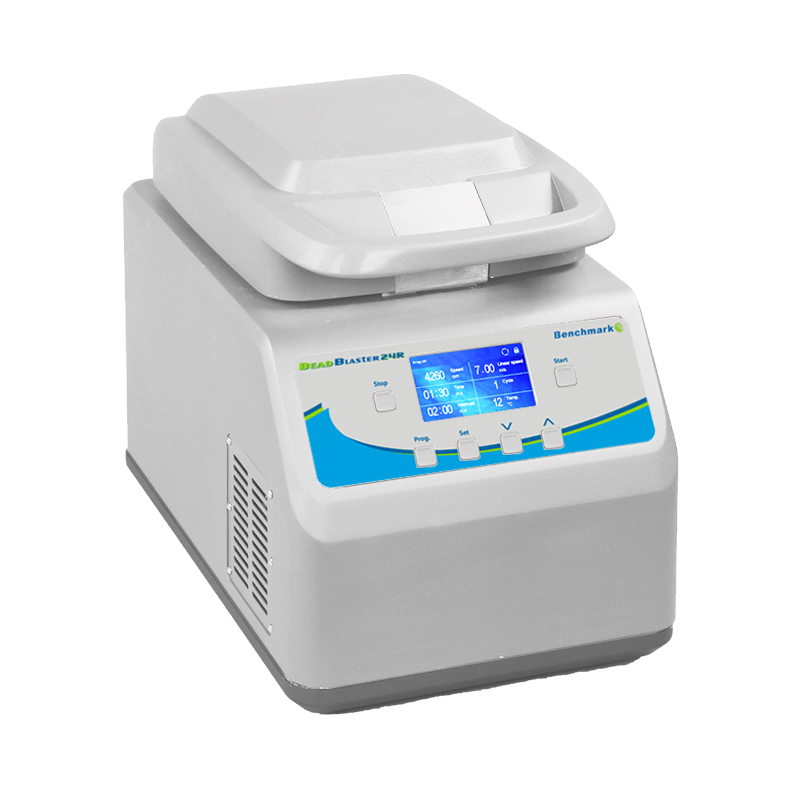
And reagents used to conduct qPCR assays need to be kept cold while aliquoting small amounts into each well of a PCR plate.
Of course, the lab technician could prepare qPCR aliquots inside a walk-in cold room, but the vast majority of laboratories exhibit concern for the wellbeing of their scientists and do not ask them to suffer in this way.
Stellar Scientific offers a range of low-tech, affordable lab chillers to keep expensive qPCR reagents at a safe temperature even during prolonged benchwork sessions lasting three hours or more.
The most primitive method for cooling qPCR reagents is to immerse the reagent tube in a cooler filled with ice.
A commercially available picnic cooler made from foam does not insulate well enough to keep qPCR reagents chilled for hours.
Instead, a laboratory will use a special ice bucket or ice pan made from closed cell polyurethane and equipped with a tightly fitting cover.
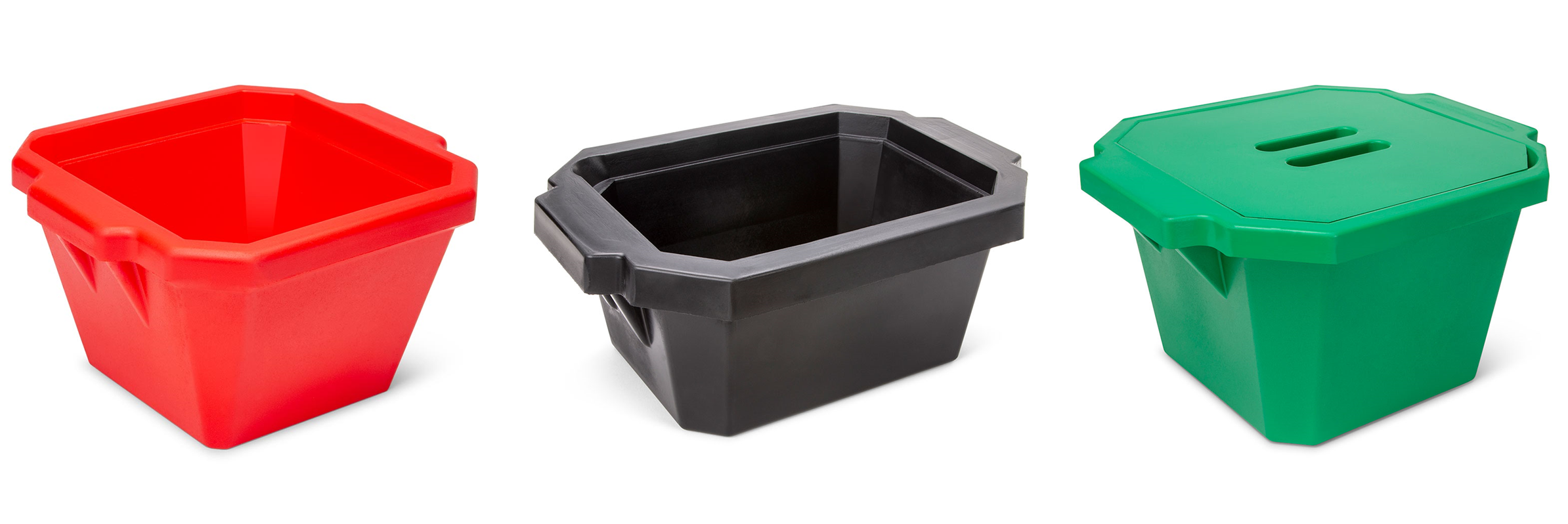
While this method is cheap and effective, melting ice is messy and prolonged immersion of hands in icy water is uncomfortable as well.
Additionally, the presence of water introduces the possibility for waterborne contamination to ruin expensive samples and reagents.
A “dry” cool alternative can keep samples chilled and make it more comfortable for the laboratory technician; this is what makes a benchtop reagent chiller a valuable tool.
Most benchtop reagent chillers are constructed the same way: a rigid plastic casing filled with a temperature retaining gel.
The plastic outer case is molded with tube holes that are surrounded by the gel for close contact with the sensitive reagent. Greater contact with the chilling agent results in a more secure sample.
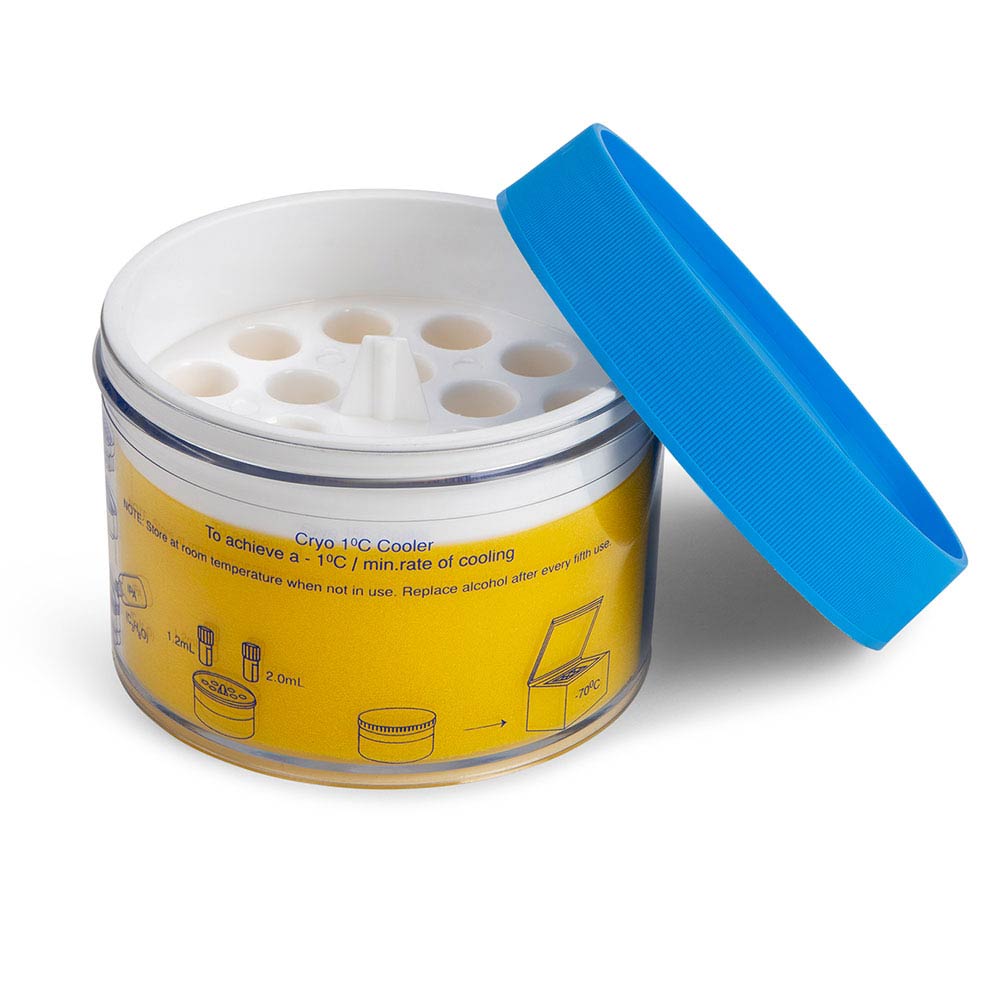
The lab chiller is first inserted into a -20C freezer overnight and is then ready for use.
A quality benchtop chiller can keep samples cooled at 4C for upwards of four to five hours.
Some benchtop lab chillers are designed with varying hole sizes to accommodate microtubes from 0.2mL up to 2.0mL.
Our Motley Cool lab chiller even has a special section for chilling polystyrene 50mL reservoirs – a great asset when multichannel pipetting is required for setting up larger qPCR assays.
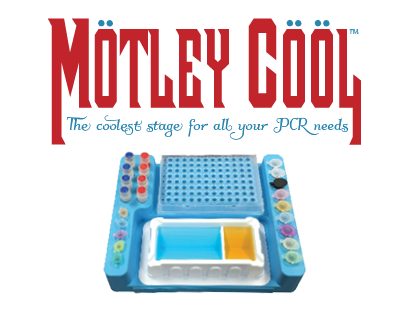
This family of color changing lab chillers by Heathrow Scientific indicates when the chiller is actively providing cooling power by changing from a darker to lighter color.
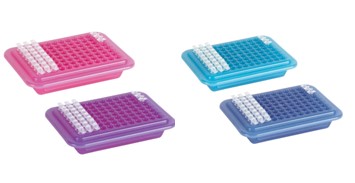
As the lab chiller warms and become less effective, the darker coloration returns.
When samples need to be safely transported, purchase a lab chiller with carrying handles and a gel filled lid that directs additional cooling power downward at the samples and increase confidence and security.
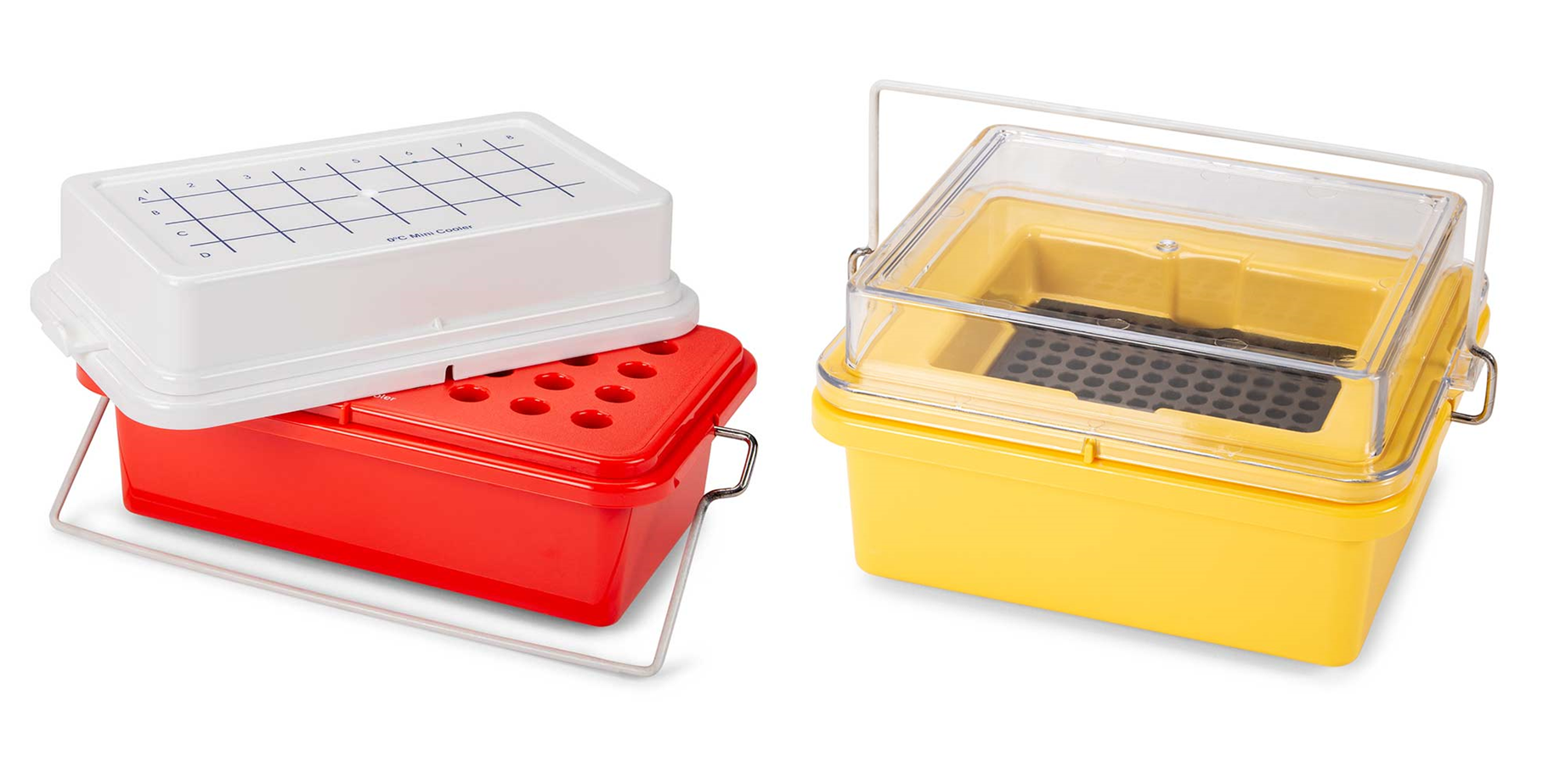
Gel filled portable lab chillers can maintain samples at temperatures from 4C down to -20C.


